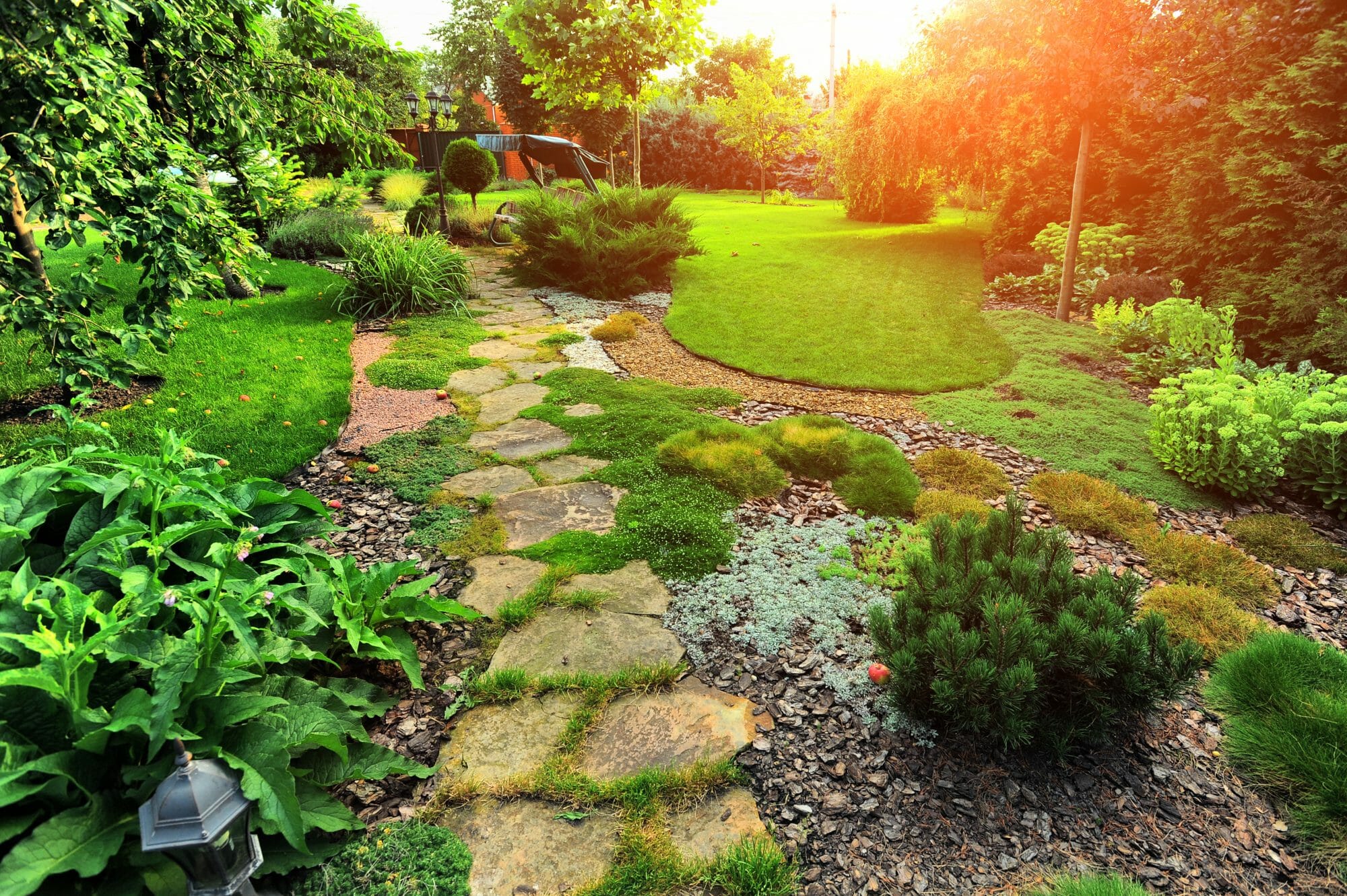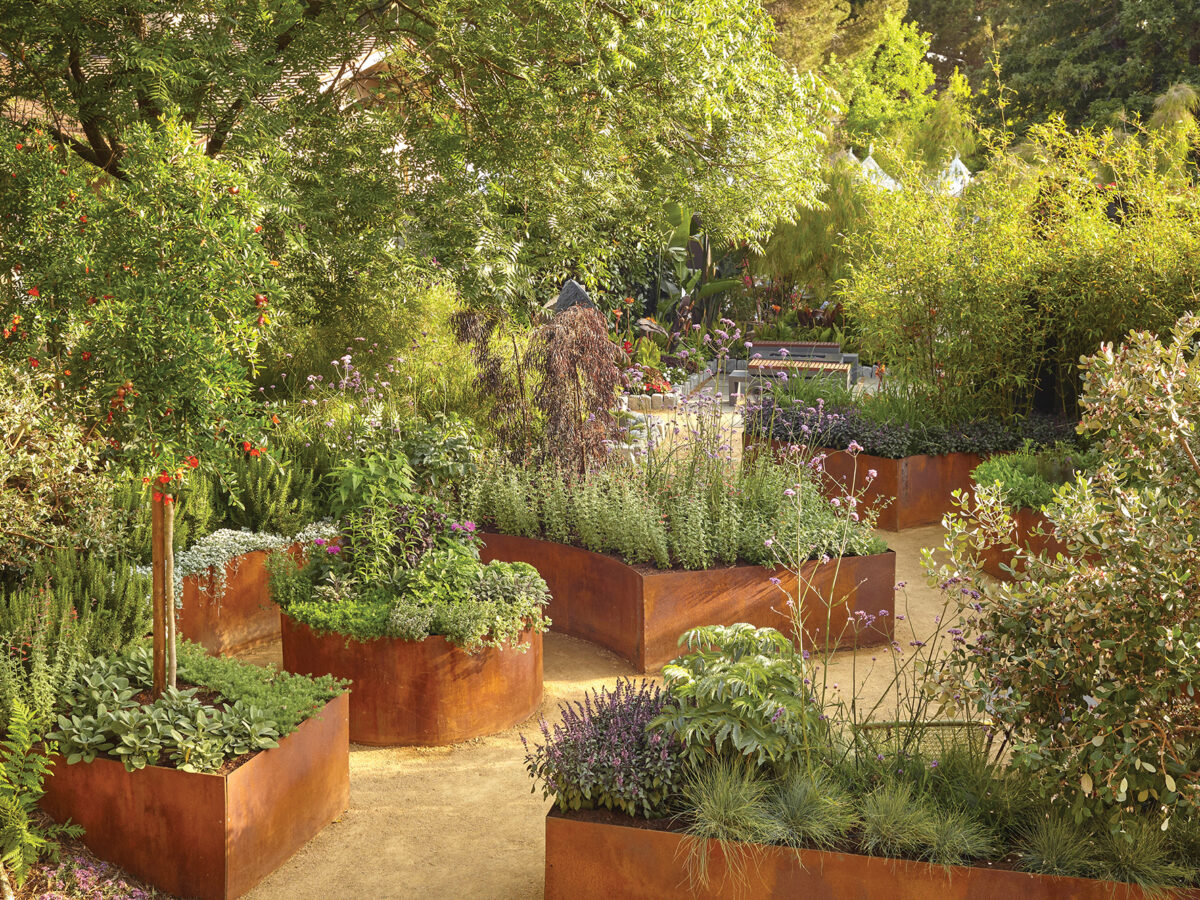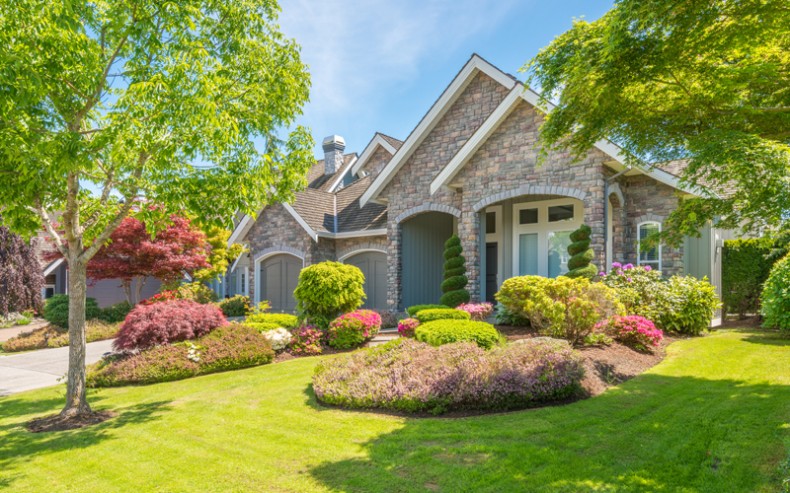3 Easy Facts About Hilton Head Landscapes Explained
3 Easy Facts About Hilton Head Landscapes Explained
Blog Article
The 45-Second Trick For Hilton Head Landscapes
Table of ContentsThe Best Guide To Hilton Head LandscapesHow Hilton Head Landscapes can Save You Time, Stress, and Money.How Hilton Head Landscapes can Save You Time, Stress, and Money.Some Known Questions About Hilton Head Landscapes.Some Known Factual Statements About Hilton Head Landscapes The Basic Principles Of Hilton Head Landscapes Hilton Head Landscapes Fundamentals ExplainedEverything about Hilton Head Landscapes
Form compatibility is also a significant part of unity in designone or two strikingly different kinds are excellent for comparison and emphasis, yet generally all various other types should have some similarities for an unified appearance. Structure refers to just how coarse or fine the surface of the plant or hardscape product really feels and/or looks.
Examples of plants with crude appearance consist of philodendrons, agaves, bromeliads, hollies, palms, and hydrangeas. Characteristics that develop great appearance include small foliage; thin, strappy fallen leaves (lawns) or high, slim stems; tiny, thick branches and small branches; long stems (creeping plants); and little, delicate blossoms.
The Basic Principles Of Hilton Head Landscapes
Many plants are average appearance, in that they can not be described as having either coarse or fine structure. Medium-textured plants act as a history to web link and merge the crude- and fine-textured plants.

To make an area feel smaller sized, position the coarse appearances along the external perimeter and the great appearances closest to the customer. The detail of the crude appearance makes the plants appear closer and makes the space really feel smaller sized. The perceived appearance of plants can likewise change with the range from the plant.
The Ultimate Guide To Hilton Head Landscapes
Vibrant colors raise the contrast and make the appearance appear coarser, while soft shades can flatten structure. Hardscape with a crude texturesuch as very harsh rocks and bold, large timberstends to make all plant product appear a lot more moderate textured. Developers frequently establish an appearance research study (Figure 8) theoretically to help choose the setup of plant products.
Figure 8. Structure research study. Shade in plant product and hardscape adds interest and range to the landscape. Shade is one of the most conspicuous element in the landscape and is typically the focus of the majority of property owners; however, it is likewise the most momentary component, usually lasting just a couple of weeks a year for individual plants.
What Does Hilton Head Landscapes Mean?
An easy description of the shade wheel includes the 3 primaries of red, blue, and yellow; the 3 secondary shades (a mix of two primaries) of environment-friendly, orange, and violet; and six tertiary shades (a mix of one nearby primary and second color), such as red-orange. Shade theory describes the relationship of shades to each various other and how they need to be used in a make-up.

Analogous (sometimes called unified) color design are any type of 3 to 5 shades that are adjacent on the shade wheel, such as red, red-orange, orange, yellow-orange, and yellow, or blue, blue-violet, and violet (Landscapers near me). The shades relate to each other due to the fact that they typically include two primary shades blended to create a second and 2 tertiary shades, which suggests they share usual residential properties
They have a tendency to have high comparison in between them. The most typical sets are violet and yellow, red and green, and blue and orange. Corresponding shades are commonly located normally in blossoms; a typical pair is yellow and violet. Color is found in the flowers, vegetation, bark, and fruit of plants.
The Buzz on Hilton Head Landscapes
Eco-friendly foliage in all its numerous shades is the leading color by amount, but various other colors record interest more conveniently since of their high comparison to the color environment-friendly. Color is likewise located in buildings, rocks, pavers, timber, and furniture. A lot of colors in natural products, such as rock and wood, are normally low-key and often tend to be variations of brown, tan, and light yellow.
Shade is an important element for creating interest and selection in the landscape. Shades have residential or commercial properties that can affect emotions, spatial perception, light top quality, equilibrium, and focus. One property of shade is explained family member to temperaturecolors appear to be awesome or warm and can influence feelings or feelings. Cool shades often tend to be soothing and should be used in locations for relaxation and calmness.
A Biased View of Hilton Head Landscapes
Amazing shades have a tendency to decline and are viewed as being further away, making an area feel bigger. Color can likewise be used to record interest and direct sights.
For instance, brilliant yellow, which has the greatest strength, also has a high comparison with all various other shades (frequently called a "pop" of color) and ought to be conserved. A percentage of extreme shade has as much visual weight as a large quantity of a more subdued or weak shade.
Comparable (often called harmonious) color schemes are any kind of 3 to 5 colors that are adjacent on the shade wheel, such as red, red-orange, orange, yellow-orange, and yellow, or blue, blue-violet, and violet. The colors are associated to each various other due to the fact that they commonly consist of my company two main colors blended to develop a secondary and 2 tertiary shades, which implies they share common buildings.
Top Guidelines Of Hilton Head Landscapes
Corresponding colors are frequently discovered normally in blossoms; a typical set is yellow and violet. Shade is found in the blossoms, vegetation, bark, and fruit of plants.
Green foliage in all its numerous shades is the dominant color by amount, yet various other shades catch interest quicker since of their high comparison to the shade environment-friendly - hilton head landscapers - https://peatix.com/user/22927863/view. Shade is also located in structures, rocks, pavers, wood, and furnishings. Many shades in natural products, such as stone and timber, are normally soft and tend to be variations of brownish, tan, and pale yellow
Hilton Head Landscapes for Dummies
Colors have buildings that can affect feelings, spatial assumption, light quality, equilibrium, and focus. Great shades have a tendency to be soothing and must be made use of in locations for leisure and peacefulness.
Amazing colors often tend to recede and are perceived as being farther away, making a room feel bigger. Shade can likewise be made use of to catch interest and direct sights - https://www.reverbnation.com/artist/hiltonheadlandscapes.
Bright yellow, which has the highest intensity, additionally has a high comparison with all various other shades (typically explained as a "pop" of color) and must be made use of moderately. A tiny quantity of extreme shade has as much aesthetic weight as a big quantity of an extra subdued or weaker color.
Report this page